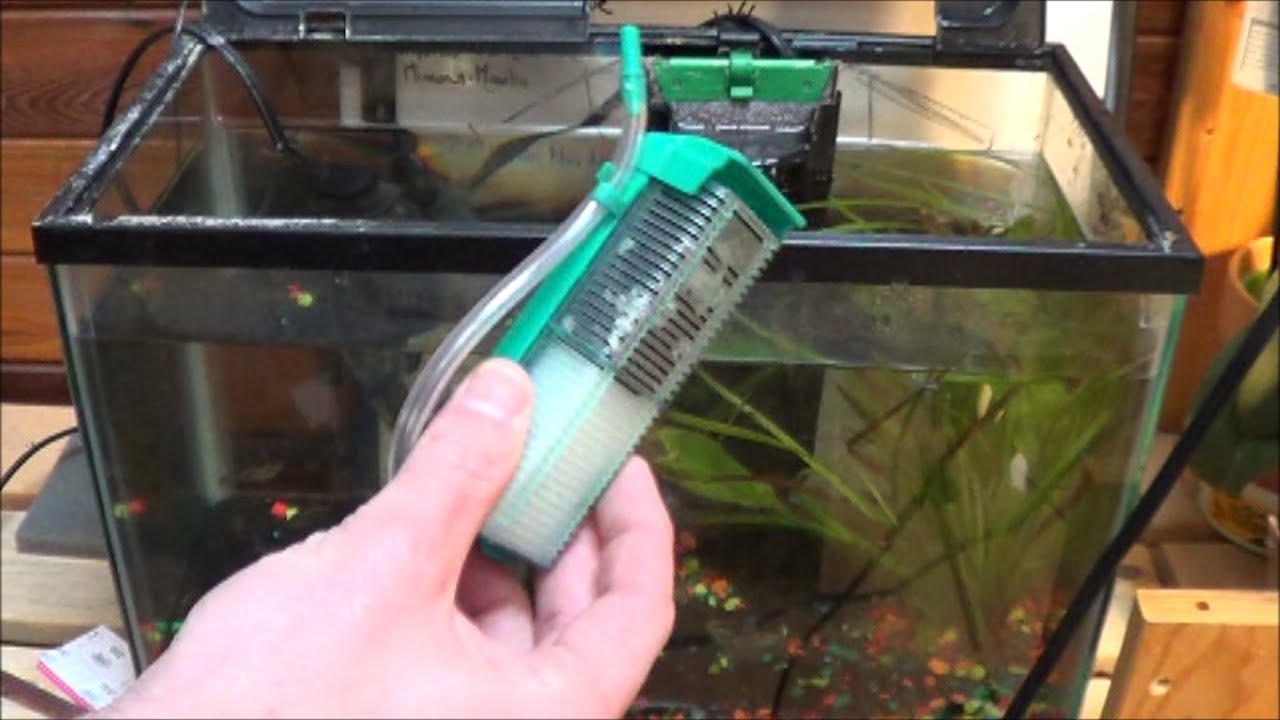Aquatic Knowledge
How to Set Up Air Pump Aquarium: A Step-by-Step Guide
Setting up an aquarium is always an exciting experience, especially if you’re introducing an air pump to enhance water circulation and oxygenation. In this guide, we will walk you through how to set up air pump aquarium in simple and easy steps. Whether you’re a beginner or experienced, having an air pump will improve your fish’s health and overall tank environment. So, let’s dive into the world of aquariums and get your setup just right!
Understanding Aquarium Air Pumps
How exactly do air pumps work their magic? It’s pretty simple! They create bubbles that rise to the surface of the water, and these bubbles increase oxygen levels as they burst. But the impact goes beyond just adding a few bubbles. Let’s explore the deeper benefits.
What Do Air Pumps Do?
At its core, an air pump introduces oxygen into your tank’s water. Fish, plants, and even the beneficial bacteria that help break down waste all depend on oxygen to survive. The bubbles created by an air pump help to circulate the water, ensuring oxygen is evenly distributed throughout the tank. This constant circulation not only benefits your aquatic pets but also helps keep your tank cleaner by reducing the need for frequent water changes.

How Air Pumps Impact Oxygen Levels
More oxygen equals healthier fish. Fish rely on the oxygen dissolved in water to breathe, and without enough of it, they can become stressed or even fall ill. Stagnant water tends to lose oxygen over time, especially if you have a lot of fish or plants competing for it. That’s where an air pump comes in—it keeps the water circulating and continuously replenishes oxygen levels, ensuring your fish are happy and thriving.
Why an Air Pump Is Essential for Your Aquarium
An air pump is like the heartbeat of a well-maintained aquarium, quietly working behind the scenes to keep everything running smoothly. While it might seem like just another gadget, it’s actually an essential tool for any aquarium owner, playing a crucial role in keeping the environment healthy for your fish and plants. Let’s break down why an air pump is such a game-changer for your tank.
Keeping the Water Moving
One of the primary jobs of an air pump is to keep the water moving. By creating bubbles that rise to the surface, an air pump prevents the water in your tank from becoming stagnant. In a still aquarium, “dead zones” can form—areas where water doesn’t circulate properly. These stagnant spots can quickly become breeding grounds for debris, harmful bacteria, or even a lack of oxygen, all of which can harm your fish. The gentle movement created by the air pump ensures oxygen reaches every corner of the tank, keeping everything fresh and clean.
Preventing Stagnation and Debris Buildup
Without proper water circulation, waste and uneaten food can settle at the bottom of the tank or in hidden corners, leading to a buildup of debris. Over time, this can result in water quality issues, making it harder to maintain a clean and healthy environment. The bubbling action from an air pump helps stir things up, keeping debris from accumulating and making it easier for your filtration system to do its job. Plus, a well-oxygenated tank discourages the growth of harmful bacteria that thrive in low-oxygen environments.
Aesthetic Benefits
Besides all the functional benefits, air pumps can also add a little flair to your aquarium. The bubbles they create can give your tank a soothing, dynamic look, especially when paired with the right lighting. Some aquarium owners even use air stones or bubble wands to create beautiful bubble displays, turning a simple tank into a mesmerizing aquatic landscape.

How to Set Up Air Pump Aquarium

Setting up an air pump for your aquarium might sound like a hassle at first, but once you break it down step by step, it’s actually a breeze. With the right equipment and a little know-how, you’ll be on your way to creating a healthy and oxygen-rich environment for your fish. So, let’s dive into the details!
Choosing the Right Air Pump
Before you even think about installation, picking the right air pump for your aquarium is crucial. It’s not a one-size-fits-all deal, so here’s what you need to consider:
Determining the Size of Your Tank
The size of your aquarium is key when choosing an air pump. If you’ve got a smaller tank, say 10-20 gallons, a low-power air pump will do the trick. But for larger tanks—those 50 gallons or more—you’ll need a pump that’s a bit more powerful. Why? Because a bigger tank needs more oxygen, and a stronger air pump ensures the oxygen is distributed evenly throughout the water. You don’t want only one side of the tank to be well-oxygenated while the other side feels like a dead zone!
Power Source and Energy Efficiency
Another big factor is how much energy your air pump will consume. If you’re planning to keep it running around the clock (which is pretty standard for aquariums), it’s worth investing in an energy-efficient model. Some pumps come with adjustable power settings, allowing you to regulate how much air is pumped. This is a handy feature if you want to tweak things based on the specific needs of your tank or if you’re looking to save a bit on electricity.
Features to Look for in an Air Pump
Not all air pumps are created equal, and there are a few specific features that can make a world of difference:
- Noise Level: A noisy air pump can drive you crazy, especially if your aquarium is set up in a place where you relax, like your living room or bedroom. Look for pumps designed to run quietly.
- Adjustable Airflow: The ability to adjust airflow is another great feature. This allows you to tailor the amount of air depending on your tank’s size and the needs of your fish.
- Durability: Since the pump will likely run continuously, durability is a must. You want a pump that can handle long hours without burning out.
Once you’ve picked out the right pump, you’re halfway there! Next, it’s time to get it set up and running in your aquarium.
Setting up an air pump in your aquarium can significantly improve the health of your fish and plants. With the steps outlined in this guide, you’ll be able to confidently set up and maintain an air pump that keeps your tank thriving. Remember, regular maintenance and proper placement are key to ensuring long-term success. So, go ahead and give your fish the oxygen boost they deserve!
FAQs
- How often should I clean my air pump?
It’s recommended to clean your air pump every 4-6 months to ensure it operates efficiently. - Can I use an air pump in a small tank?
Yes, but choose an appropriately sized pump to avoid over-oxygenating the water. - What if my air pump is too noisy?
Consider placing it on a soft surface to reduce vibrations or invest in a quieter model. - How do I know if my fish are getting enough oxygen?
Look for signs like fish gasping at the surface, which indicates a need for more oxygen. - Can I use multiple air stones in one tank?
Yes, using multiple air stones can improve oxygenation and water circulation, especially in larger tanks.
